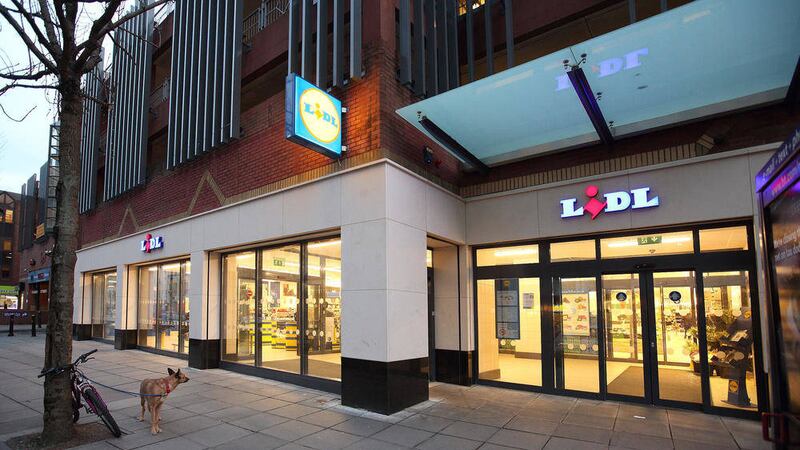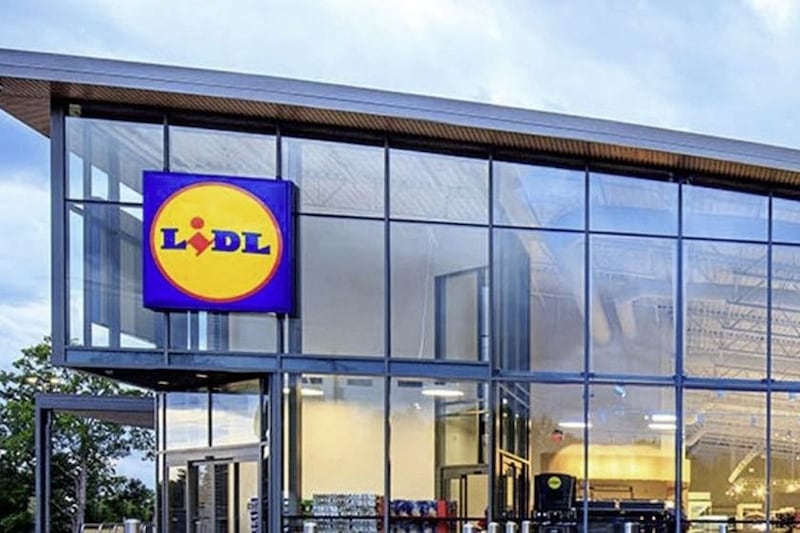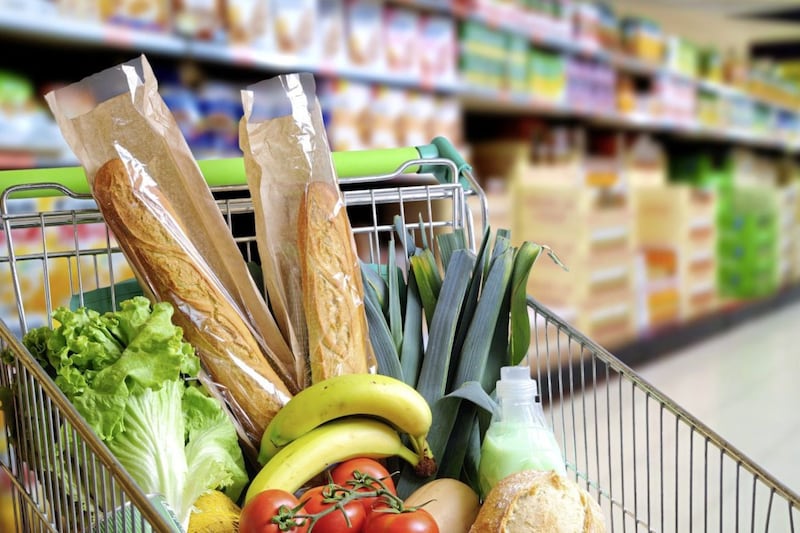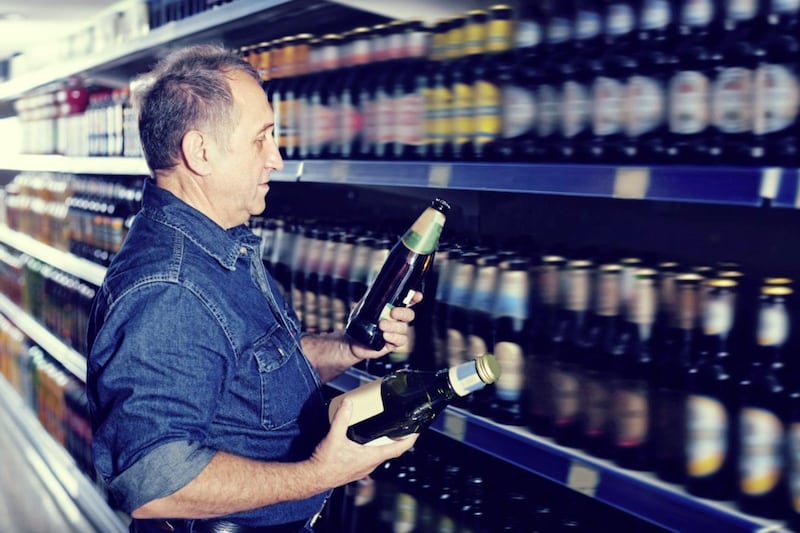A SURGE in sales at Lidl has continued on both sides of the border as shoppers turn to the cut-price retailer in their droves.
The latest market share data from Kantar Worldpanel found sales increased by 22.7 per cent at the German-owned brand in Northern Ireland over the past year to give it 4.9 per cent of the overall market.
It was a similar picture in the Republic where Lidl now accounts for 8.7 per cent of the market.
Tesco remains the north's favourite supermarket although sales declined 1.8 per cent result in a 35 per cent share of the market.
That puts it well ahead of its two main rivals Sainsbury (17.6 per cent) and Asda (17.2 per cent) although the gap between those two is narrowing.
The market in the Republic is much tighter with Dunnes Stores biting at Tesco's heels - it actually overtook its larger rival earlier this year.
Sales at Dunnes over the past three months grew to reach a market share of 22.2 per cent, while Tesco retained the top spot.
In contrast to the larger retailers, the discounters have continued to recruit shoppers and saw an increase in market share, but their growth continues to slow compared to earlier periods.
Cliona Lynch, Insight Manager at Kantar Worldpanel said: “Dunnes continued focus on its ‘Shop & Save’ voucher scheme is encouraging consumers to buy a bigger basket on each shop. The average Dunnes visitor is buying 18 items per trip compared with a market average of 13 - an increase of three items per basket on this time last year and an additional €5 through the tills on each shop.”
Tesco has retained its position as the Republic’s number one retailer with a 25.1 per cent share of the market, despite a sales decline of 3.3 per cent. While the volume of items bought has increased as shoppers take advantage of savings and stock up on goods, this has not been enough to compensate for a decrease in shopper numbers and average spend.
SuperValu sales grew just behind the market at 0.6 per cent and share remained flat at 24.7 per cent. Some 19,000 fewer shoppers visited the retailer than over the same period last year and those that remained were more frequent but lighter shoppers, visiting SuperValu more often but picking up fewer items on each trip.
Cliona Lynch added: “As the discounters become more established in the market, year-on-year growth is harder to win. While both Aldi and Lidl are still seeing a strong performance and gains in market share, the landscape is becoming more competitive. The impact of Dunnes’ vouchering campaign has given it a strong boost this period. Elsewhere, SuperValu remains a steady challenger for the number one spot but Tesco’s plans to turn around performance could yet help it to regain growth and firmly re-establish its lead.”







